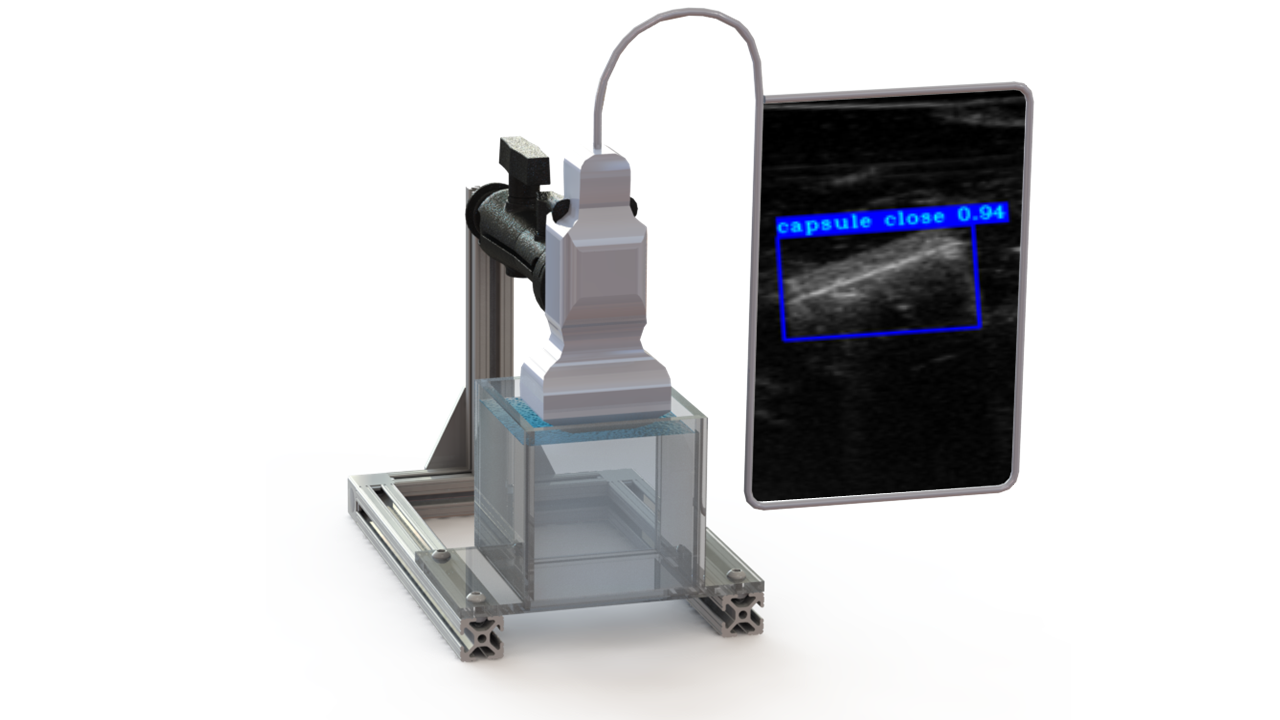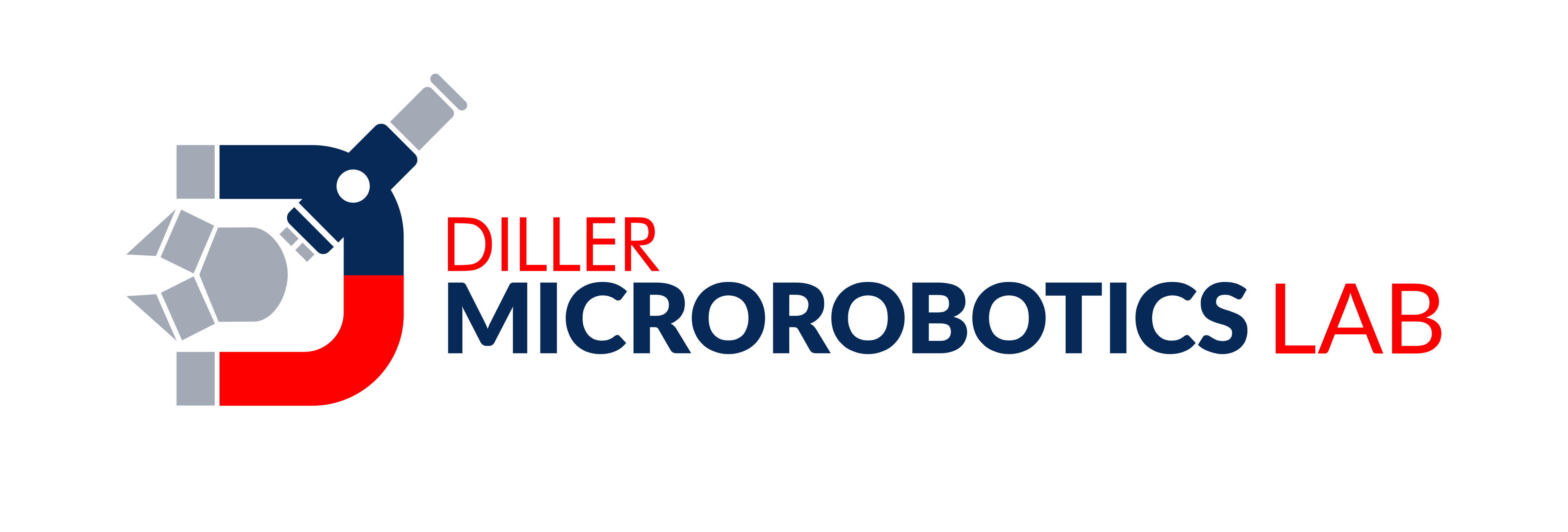Actuation, Control, and Tracking
Design of Magnetic Actuation Systems

We are developing clinical-scale systems that can generate high magnetic fields and actuate microrobots wirelessly for use in the human body. While there exist many magnetic actuation systems, we noticed the absence of a system that would allow neurosurgeons to accommodate the patient during surgeries. Typically they either can’t fit in a patient or they are large enough for the patient but too restrictive for the neurosurgeon. We investigate how the magnets need to be oriented to produce the desired magnetic field and how uniform the field needs to be.
We are also developing the mathematical techniques which allow us to control sophisticated microrobots using these magnetic fields.
Multi-Robot Control
Previous research has demonstrated the ability to control micro-robots using magnetic actuation, in our research group, we are working on developing control designs for multiple micro-robots in close proximity. Having multiple robots operating in close proximity is challenging as the magnetic micro-robots stick together irreversibly. Robust control designs are necessary to enable the microrobots to navigate tortuous anatomy, with the eventual goal being to enable independent motion control of a team of magnetic micro-robots delivering multiple drug deliveries to a targeted region within the desired formation.
Ultrasound Localization and Tracking of Microrobots

Capsule micro-robots are a promising field of research with the potential to deliver drugs to a targeted area using untethered, magnetically actuated control systems. However, in order to be a viable technology in a clinical setting, an imaging modality that is capable of tracking the micro-robots in vivo is required. Ultrasound is desirable due to its depth of penetration and absence of harmful radiation. In this work, we are employing deep learning methods for real time tracking of control of capsule microbots, which will enable the use of this technology in a variety of clinical applications.
